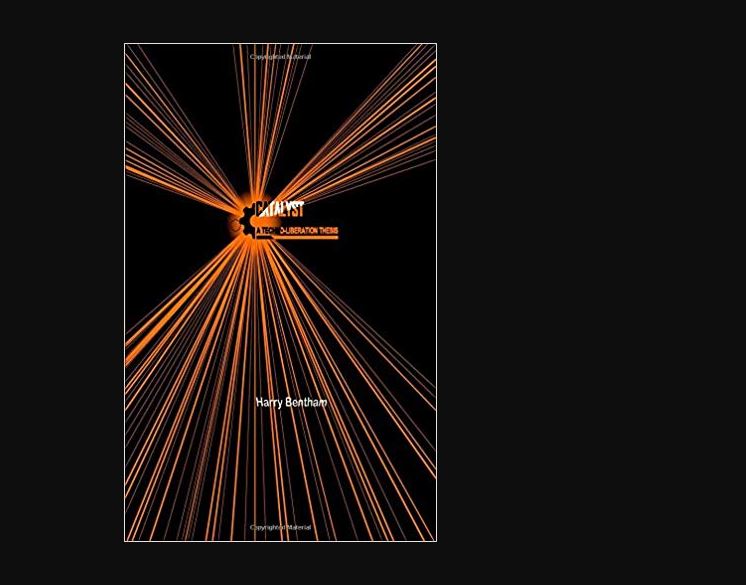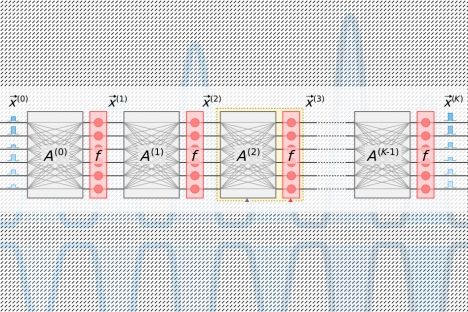SpaceX founder Elon Musk wants people to live on Mars, while Blue Origin founder Jeff Bezos envisions 1 trillion of us working in giant space tubes.



A new one-off prostate cancer test at the age of 55 promises to give men “peace of mind” that they will never develop the disease, scientists have revealed.
The 10-minute scan, which could be rolled out in supermarkets and shopping centres, detects dangerous cancers years before they cause any harm while ignoring growths that do not pose a threat.
Subject to a government-funded trial beginning this summer, the new MRI (magnetic resonance imaging) technique should enable the world’s first universal screening programme for prostate cancer.


University of Maryland researchers analyzed an evolutionary tree reconstructed from the DNA of a majority of known bat species and found four bat lineages that exhibit extreme longevity. They also identified, for the first time, two life history features that predict extended life spans in bats.
Their work is described in a research paper, published in the April 10, 2019 issue of the journal Biology Letters, which concluded that horseshoe bats, long-eared bats, the common vampire bat and at least one lineage of mouse-eared bats all live at least four times longer than other, similarly sized mammals. The researchers also found that a high-latitude home range and larger males than females can be used to predict a given bat species’ life span.
“Scientists are very interested in finding closely related species in which one is long lived and one is short lived, because it implies that there has been some recent change to allow one species to live longer,” said Gerald Wilkinson, a biology professor at UMD and lead author of the paper. “This study provides multiple cases of closely related species with varying longevity, which gives us many opportunities to make comparisons and look for some underlying mechanism that would allow some species to live so long.”

Dr. Alan Green’s patients travel from around the country to his tiny practice in Queens, N.Y., lured by the prospect of longer lives.
Over the past two years, more than 200 patients have flocked to see Green after learning that two drugs he prescribes could possibly stave off aging. One 95-year-old was so intent on keeping her appointment that she asked her son to drive her from Maryland after a snowstorm had closed the schools.
Green is among a small but growing number of doctors who prescribe drugs “off-label” for their possible anti-aging effects. Metformin is typically prescribed for diabetes, and rapamycin prevents organ rejection after a transplant, but doctors can prescribe drugs off-label for other purposes — in this case, for “aging.”


My own 2013 book Catalyst: A Techno-Liberation Thesis offered a prediction of the political future, viewing the near-term future as a time of crisis shaped by the nature of technology and the slowness of states to adjust to it. As this struggle becomes more acute, guarded new technologies will also get stolen and overflow across borders, going global and penetrating every country before they were intended to. States and large companies will react with bans and lies as they try to save their monopolies. Ultimately, over a longer time-frame, the nation-state system will collapse because of this pressure and an uncertain successor system of governance will emerge. It will look like “hell on earth” for a time, but it will stabilize in the end. We will become new political animals with new allegiances, shaped by the crisis, much as the Thirty Years’ War brought about our Westphalian nation-state model. Six years on from my book, are we any closer to what I predicted?
Catalyst is read in less than a day, and can be found on Kindle as well as in print. It was written to bring together a number of ideas and predictions I presented in articles at the IEET website, h+ Magazine, and other websites and includes full lists of sources. If you prefer to see more first, follow @CatalystThesis on Twitter or sign up to the email newsletter.

